Ski mountaineers entering the impressive Gurgler Glacier in the Ötztaler Alpen (Eastern Alps) of Austria. Image credit Klaus Sandforth
What looks at first sight like a classic glacier snout is dead ice of the retreating Gurgler Glacier, not far from Schalfkogel Peak, where the group is heading to climb. Dead ice is forming in receding glacial environments, where distinct ice bodies get separated from the main glacier. Note the slightly stratified but mostly crystal clear ice here. The rippled surface texture might be caused by differential melting and sublimation due to warm air currents, particularly in spring and summer. The surface of the ice is perfectly smooth and appears to be polished. This structure is rather temporary and fragile as it developed only a few years ago and will likely fade away just as quickly. Our passage might seem dangerous, but during the winter season when temperatures are generally below freezing level, it’s a pretty safe place to stay.
Like many glaciers in the Alps, the Gurgler Glacier lost much of its mass in the last 150 years and is now retreating on average a few tens of meters every year. Climate change and glacier retreat in the Alps has both ecological and economical impacts. Glaciers attract tourists and also provide natural water reservoirs and hydropower. Photo taken on March 17, 2015.
Summary Author Klaus Sandforth
source EPOD

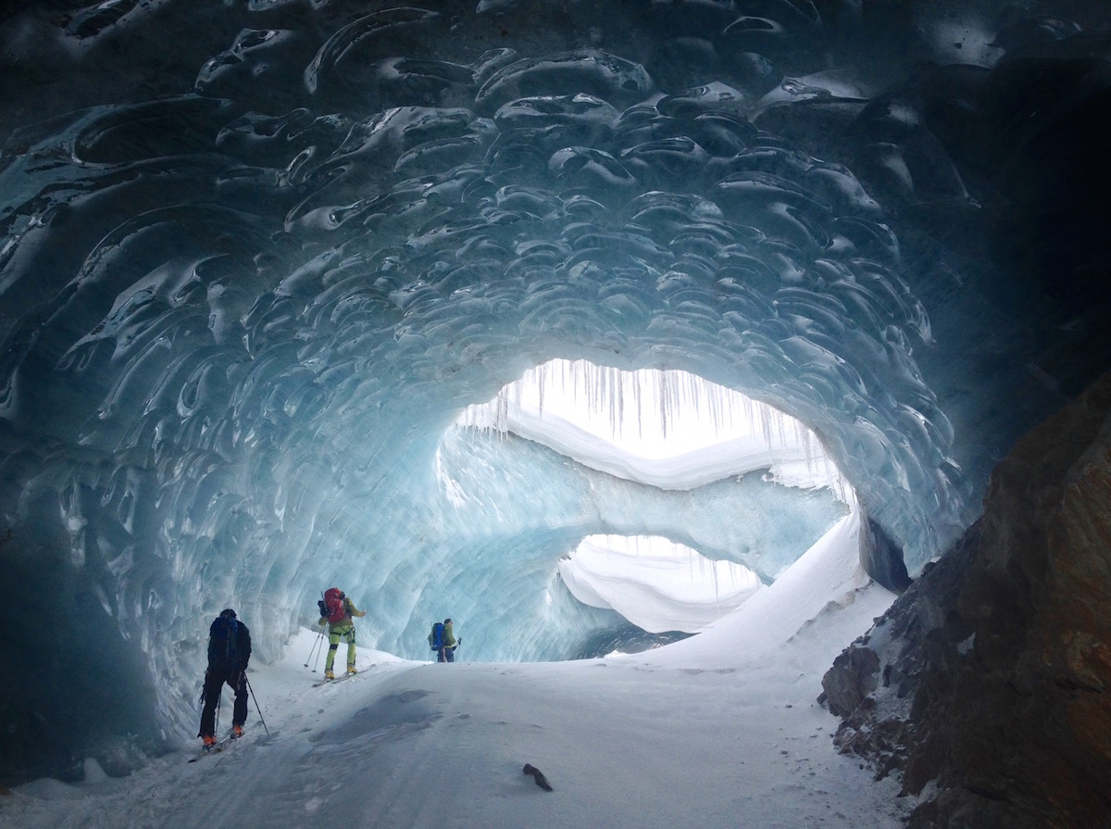
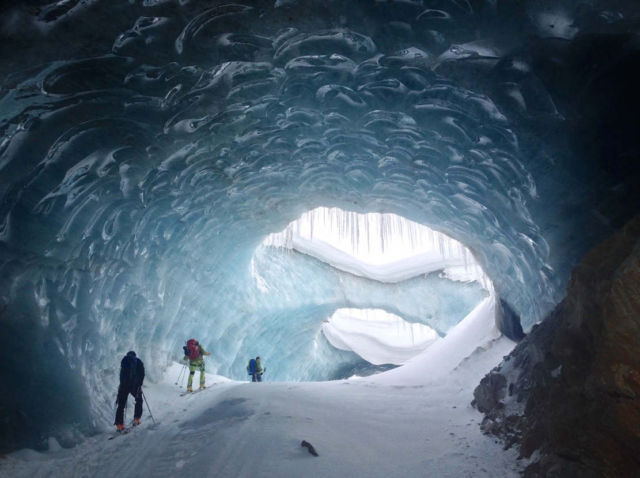

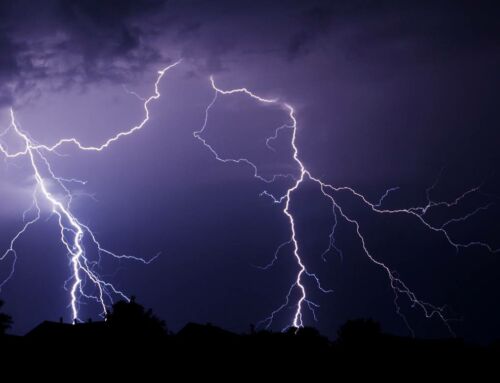
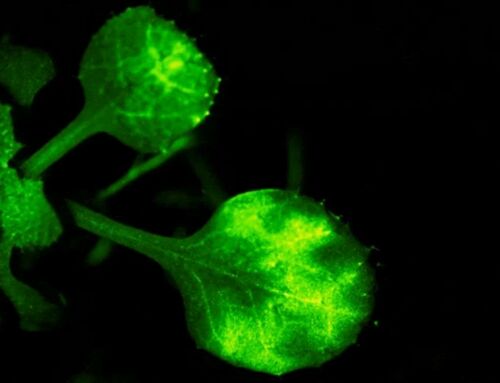
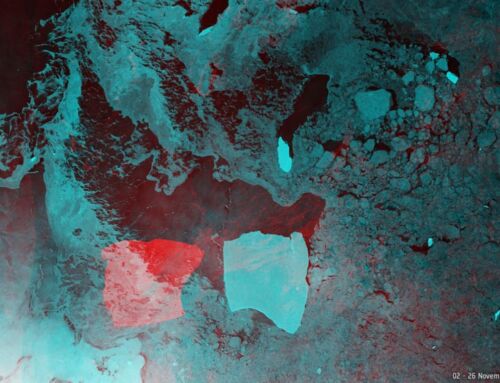
Leave A Comment